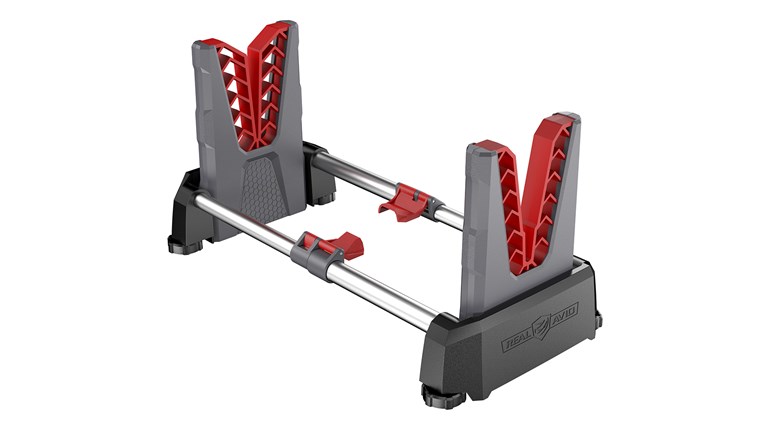
Since many car and gun parts are made of metal and rub against other metal parts, there are some similarities in products designed to maintain both. It is wise, however, to read the instructions for either firearm or automobile, as well as any maintenance product, before swapping between the two.
I just turned 21 and I am in the process of buying my first handgun. Although I am just getting started with pistols and revolvers, I am pretty mechanically inclined, which I learned by working on automobiles and automotive machinery. The fellow at the gun shop who is giving me some guidance on selecting a handgun is the shop’s gunsmith. Since I am a big believer in maintenance, taking care of my truck and other equipment, I asked the gunsmith’s opinion about what items I should use to keep my new handgun—as well as the rifles and shotguns that I already own—in good working order. To my surprise, he recommended a number of automotive products I was familiar with for cleaning, lubricating and protecting the finish of a firearm. His explanation was that firearms and automobiles have a lot of similarities in friction reduction and rust prevention, so why not use the same products for both to accomplish the same result? If this is true, why are there so many different products on the market directed specifically to maintaining firearms? Conversely, is it OK to use firearm-related products on automobiles and other machinery?
Lem Belcher, Pikeville, TN
You ask a valid question which could take much time and many paths to give a full explanation. I will give you the short version, which should keep you safe and out of trouble. Do realize that there are exceptions in this field, so it is always wise to err on the side of caution.
Most of the product compatibilities for firearms and automobiles fall under three broad categories: Cleaning, lubricating and surface protection.
Cleaning is simply removing foreign material that has built up on or in the object in question that was not there when the product was new. Does it have to be perfectly clean? I don’t think so, as long as it doesn’t affect the operation of the mechanical device. It is a good idea to read the warnings and instructions on the solvents or cleaning materials you intend to use—before you use them—in order to ensure they won’t harm wood, plastic, finishes or other materials that might be present on the object being cleaned.
Lubrication’s primary use in mechanical devices is to reduce friction. It can also be used for cooling and keeping small particulates in suspension until they can be removed from the machine. A good rule to live by is the lubricant needs to be present and active from the beginning to the end of the maintenance cycle to be fully effective.
Surface protection is accomplished by providing a molecular barrier between the material being protected and the environment, by way of the application of a chemical material designed for that task.
To be more specific in the crossover use of automotive products on firearms, I have successfully used automotive engine and injector cleaner to remove stubborn carbon deposits from metal surfaces in firearms. During field operations in my military career, it was not uncommon to use motor oil from our vehicles to lubricate the friction surfaces on small arms to keep them operational. I have used automotive wax on the surfaces of a blued-steel gun to prevent rusting in harsh and humid environments.
All of these uses were field expedients put to use out of necessity, but they worked quite effectively and without any significant negative consequences.
In my opinion, if you are careful, read the warnings and fine print as well as use a bit of common sense, you will be fine in following the suggestions of your gunsmith.
However, if you want to be absolutely safe, I will leave you with the advice that I gave my students in the many armorer’s classes I taught over the years: If the product says it’s for guns, use it on guns, if it says it’s for rocket ships, use it on rocket ships. Above all, read and understand the instructions provided before using. Follow the instructions provided to experience the best results.




































